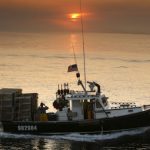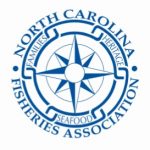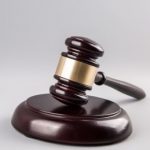Hoax calls affect us all

“This is the fishing vessel SOL E MAR. This is a MAYDAY, we’re sinking, we need help now!” were the some of the last words of 19-year-old Billy Hokanson, as the fishing boat that he and his father, William was on sank to the bottom of the ocean on March 25, 1990.
Coast Guard Stations Menemsha and Brad Point, both off the coast of Cape Cod, Massachusetts, received the distress call on marine radio channel 16 – distorted by heavy amounts of static. Both stations attempted to call the boat back, but did not get an answer. About a minute after Hakanson’s transmission, a separate call came through channel 16.
“SOS, I’m sinking,” the caller said in playful tone with laughter.
Both distress calls were presumed to be related and deemed as hoaxes.
The bodies of the Hoakansons never found.
Five days after the call for help was made, William’s wife reported them overdue. A commercial salvage company eventually found the wreckage of their ship and the second caller was never identified.”
This was the first time that a hoax caller ever impacted a Coast Guard response. The SOL E MAR case changed the way the Coast Guard responds to possible hoax calls and the penalties for those who make them.
“The Coast Guard takes the word mayday very seriously,” said Lt. j.g. Bradley Milliken, command duty officer at Sector Hampton Road’s command center. “We assume that someone’s life is in danger and respond appropriately.”
The Coast Guard defines a hoax as a case where information is conveyed with the intent to deceive.
“False maydays not only waste time, money, and resources but also can be extremely dangerous,” said Milliken. “Any time that Coast Guard assets are dispatched to an area where nothing is wrong, it leaves them unable to respond to actual emergencies.”
Coast Guard searches utilizing one rescue helicopter and one boat costs tens-of-thousands of dollars an hour at the taxpayer’s expense. Depending on the nature of the distress call, and the availability of search and rescue resources, even more assets could be and have been un-resourcefully used after a hoax distress call is received.
Coast Guard crews aren’t the only ones affected by hoaxes – they impact members of local agencies and communities, who regularly help respond in search and rescue cases. An urgent marine information broadcast is usually issued after a distress call is received to ask local mariners to look out for signs of distress.
“Unfortunately, hoax calls happen all too frequently,” said Milliken. “In 2017, there were about
58 calls deemed to be hoaxes.”
Any hoax callers willing to put the lives of mariners and first responders in danger may face serious consequences. Hoax callers could face up to 10 years in prison, $250,000 in fines, plus the cost of the search.
Boating communities around the Mid-Atlantic have stood ready to help possible mariners in distress, even though some mayday calls ended up being hoaxes. Communities throughout the area encouraged to band together and help put a stop to these calls.
If you have information regarding suspected hoax callers, please contact your local Coast Guard sector.
Sector Delaware Bay: (215) 271-4940
Sector Maryland-National Capital Region: (410) 576-2525
Sector Hampton Roads: (757) 483-8567
Sector North Carolina: (910) 362-4015
-USCG-










































